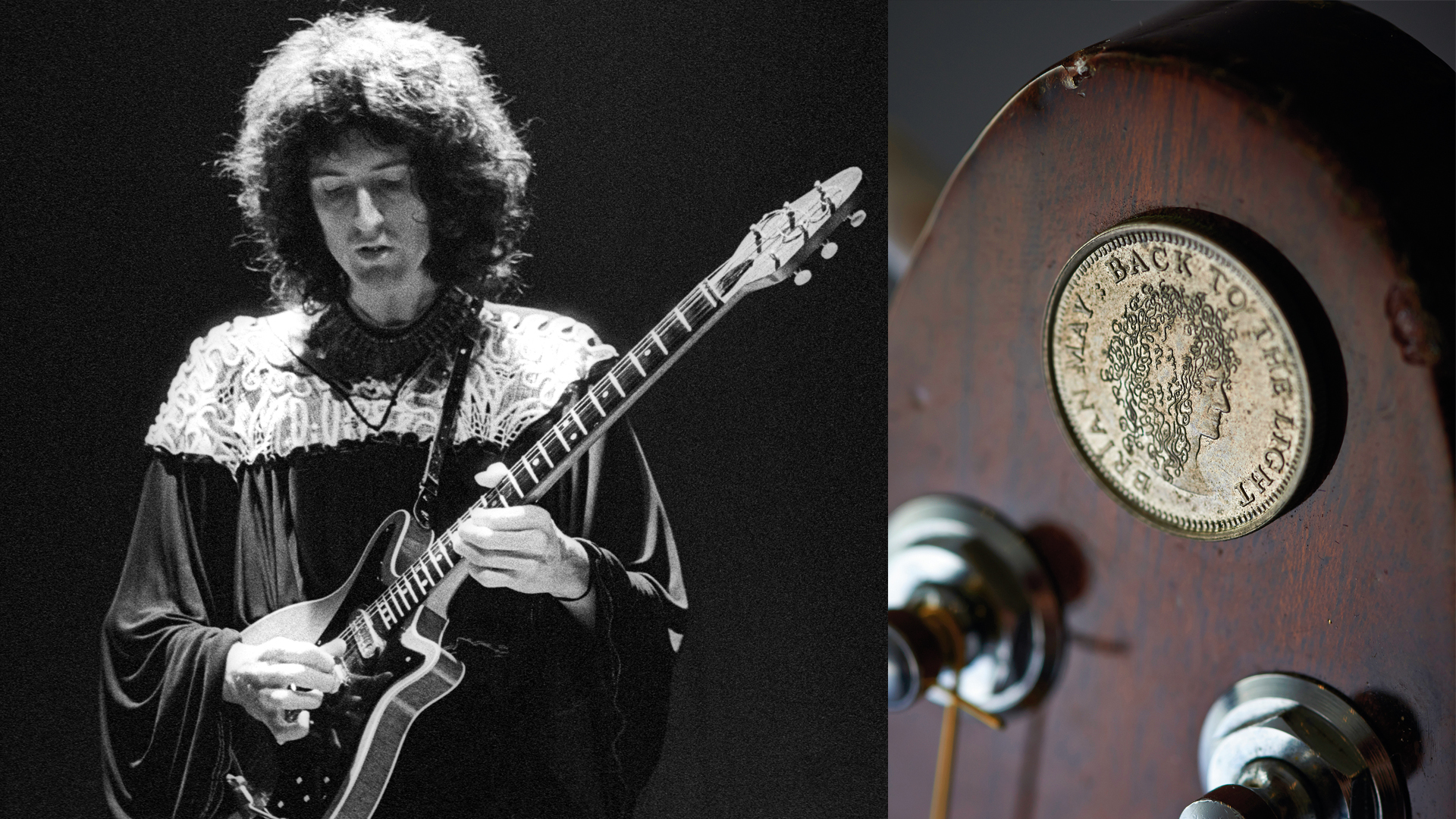Essential Plucking Patterns for Fingerstyle Acoustic Guitar
Your path to finger freedom continues with multi-string approaches that bring arpeggios to life.

The past few columns were designed to get all of your digits on deck. It can take a bit of time before you’ll feel fully prepared to navigate the fingerstyle world, but we’ve addressed how to approach that, and exciting new opportunities now await us.
Eager to take on fingerpicking patterns across multiple strings? Pluck it – let’s do this!
Develop a Clean Thumb
The first exercise a fingerpicker needs to master is thumb jumping cleanly from one string to another, primarily the bottom three, within the framework of a chord. Let’s work on a foundation within an open G.
Practice jumping from the root on the third fret of the sixth string to the open D on the fourth and, alternately, the B on the second fret of the fifth string. Once you can do that cleanly in time, with a crisp attack, you’re ready to move to the next challenge.
Outside/Inside: The “Dust in the Wind“ Approach
Kansas’s Kerry Livgren famously created “Dust in the Wind” from a fingerpicking exercise, and it remains a fun way to develop technique, either in a hybrid or full fingerpicking style.
We’ll do three moves using three digits: thumb, index and ring finger. The overriding concept is an outside/inside approach. Start by simultaneously plucking the two strings that define the “outside” of the first chord, which in this case is C.
Thumb the root at the third fret of the fifth string while using the ring finger to pluck the octave at the first fret on the second string. The following “inside” moves involve hitting notes on the strings in between. Use the thumb to hit the E at the second fret of the fourth string, then pluck the open G string with the index finger.
The last move is to work all four of those notes individually with the same digits outside/outside, and then inside/inside. Thumb the low C, pluck the high C, thumb the inside E, and then pluck the open G. Play the entire sequence repeatedly to achieve a smooth flow, then expand on it to play the rest of “Dust in the Wind,” plus many more.
Ascending Arpeggios With Alternating Bass: “The Boxer“ Approach
One of the great challenges of cross-picking with a pick is to do it smoothly up and down an arpeggiated chord, and the same is true for fingerpicking. You’ve got a thumb plus four fingers to work across six strings, and we’re not going to use the pinkie yet, so, clearly, it’s not going to be a one-to-one relationship.
The thumb generally covers the wound strings, while the fingers work the treble strings plus, perhaps, the fourth string, depending on the situation. We’ll address ascensions with an alternating bass line to get started in a practical and musical fashion.
The easiest example is an open D chord, as it covers just four strings. It’s logical to make the chord shape and play an ascending arpeggio by plucking from the fourth to the first strings, starting with the thumb and then following with fingers 1 through 3, respectively.
To get an alternating I - V bass line going, substitute the open fifth string for the open fourth string every other time you reach the bass note in the progression. Once you’ve got the D down, try a C chord. The concept is the same; just ignore the top and bottom strings until the bass alternation, which happens every other time, by hitting a G on the sixth string with the thumb.
Open G is a bit trickier, as it covers all six strings, but it’s no biggie. Simply skip the fifth and fourth strings on the first time up. The bass note alternation for the second ascension is elementary, because it’s an open D string, so you ultimately play the top four strings with the thumb, followed by the first three fingers.
Simon & Garfunkel’s classic “The Boxer” is a fantastic way to work through various incarnations of this common fingerstyle pattern, and it will unlock an infinite number of doors on your path to finger freedom.
- Explore our pick of the best acoustic guitars
- These are the best acoustic guitar strings
Get The Pick Newsletter
All the latest guitar news, interviews, lessons, reviews, deals and more, direct to your inbox!
Jimmy Leslie has been Frets editor since 2016. See many Guitar Player- and Frets-related videos on his YouTube channel, and learn about his acoustic/electric rock group at spirithustler.com.
“Write for five minutes a day. I mean, who can’t manage that?” Mike Stern's top five guitar tips include one simple fix to help you develop your personal guitar style
"It’s like you’re making a statement. And you never know where it’ll lead." Pete Thorn shares the tip that convinced Joe Satriani he was the right guitarist for the SatchVai Band










